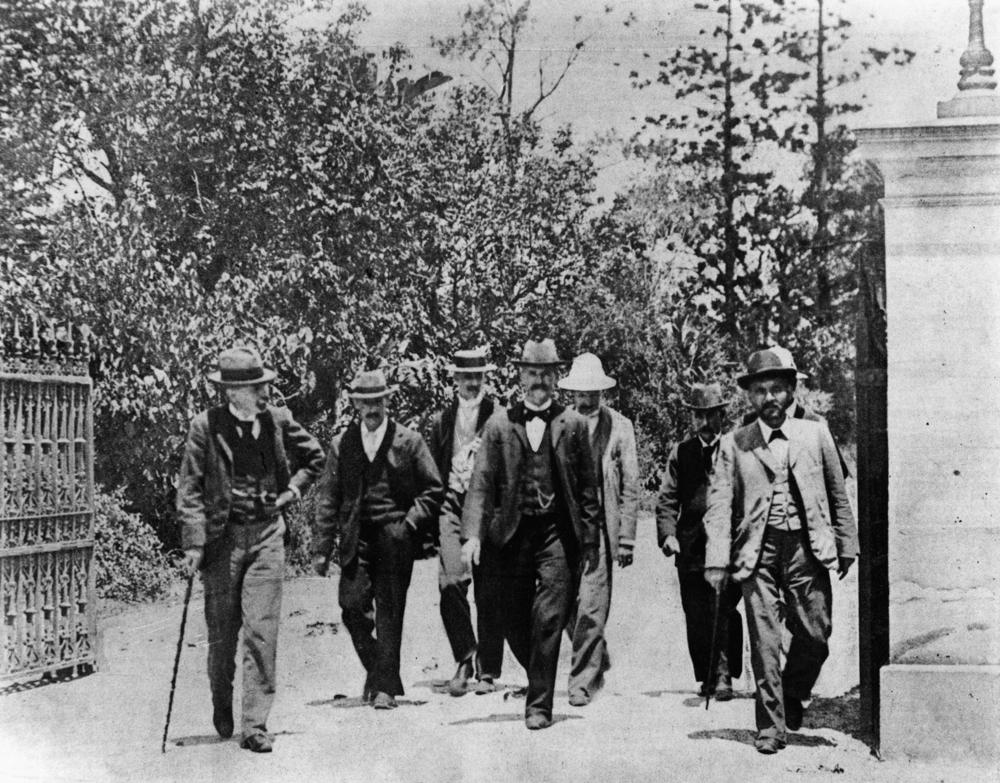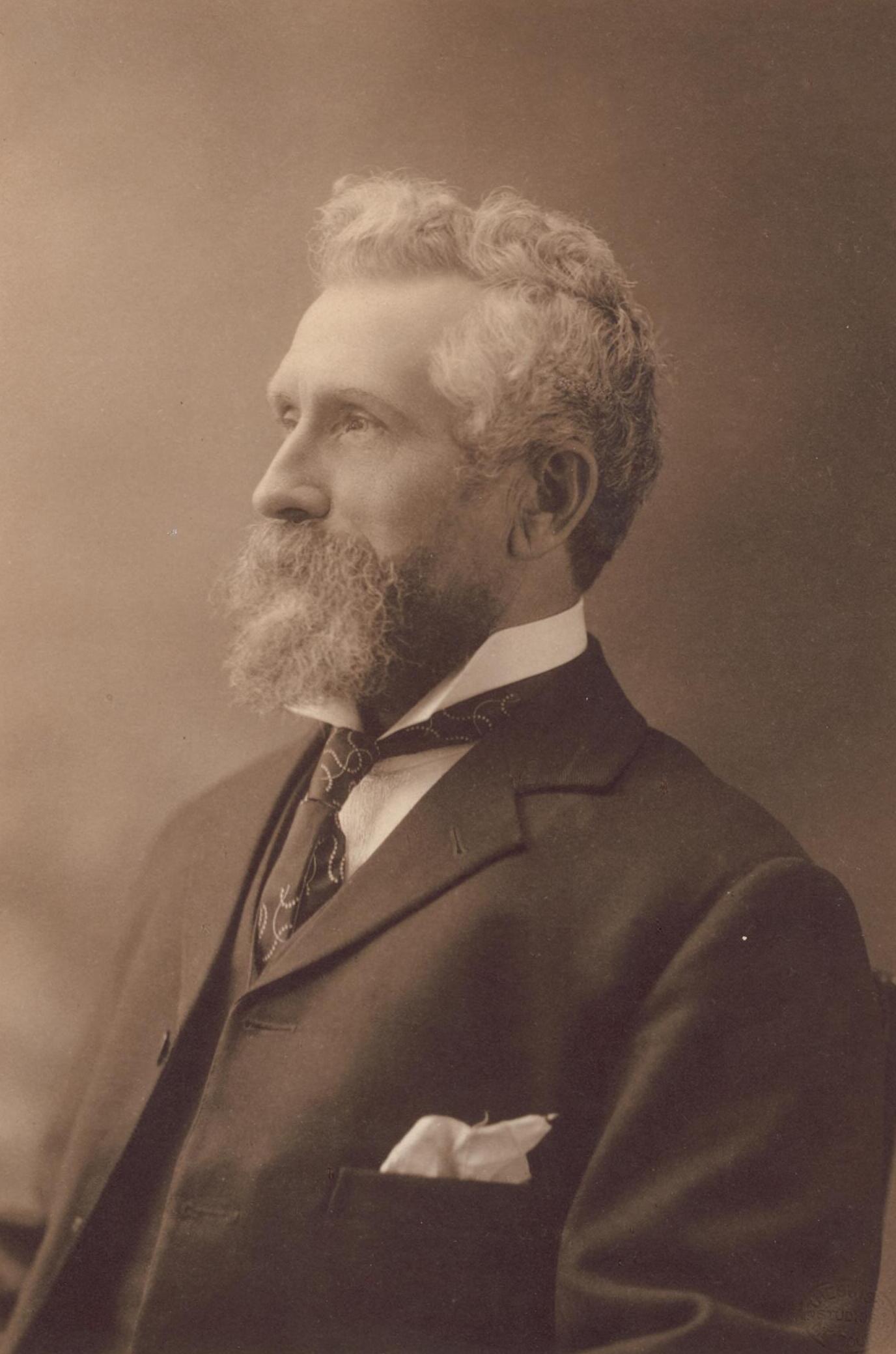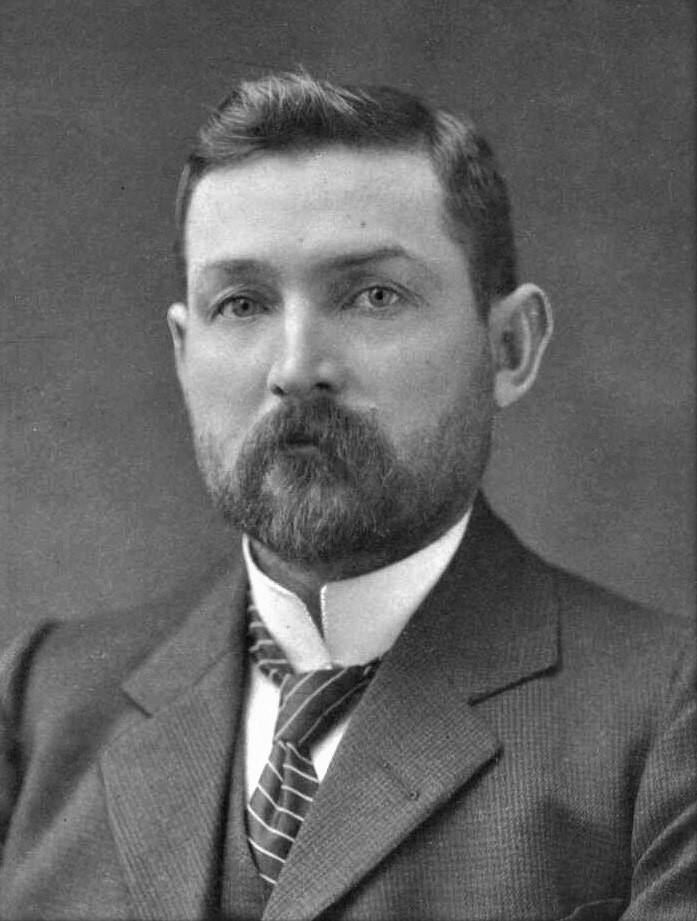|
Australian Labor Party Split Of 1916
The Australian Labor Party split of 1916 occurred following severe disagreement within the Australian Labor Party over the issue of proposed World War I conscription in Australia. Labor Prime Minister of Australia Billy Hughes had, by 1916, become an enthusiastic supporter of conscription as a means to boost Australia's contribution to the war effort. On 30 August 1916, he announced plans for a referendum on the issue (the 1916 Australian conscription referendum), and introduced enabling legislation into parliament on 15 September, which passed only with the support of the opposition. Six of Hughes's ministers resigned in protest at the move, and the New South Wales state branch of the Labor Party expelled Hughes. The referendum saw an intense campaign in which Labor figures vehemently advocated on each side of the argument, although the "no" campaign narrowly won on 14 November. In the wake of the referendum defeat, the caucus moved to expel Hughes on 14 November; instead, he an ... [...More Info...] [...Related Items...] OR: [Wikipedia] [Google] [Baidu] |
Australian Labor Party
The Australian Labor Party (ALP), also simply known as Labor, is the major centre-left political party in Australia, one of two major parties in Australian politics, along with the centre-right Liberal Party of Australia. The party forms the federal government since being elected in the 2022 election. The ALP is a federal party, with political branches in each state and territory. They are currently in government in Victoria, Queensland, Western Australia, South Australia, the Australian Capital Territory, and the Northern Territory. They are currently in opposition in New South Wales and Tasmania. It is the oldest political party in Australia, being established on 8 May 1901 at Parliament House, Melbourne, the meeting place of the first federal Parliament. The ALP was not founded as a federal party until after the first sitting of the Australian parliament in 1901. It is regarded as descended from labour parties founded in the various Australian colonies by the emerging la ... [...More Info...] [...Related Items...] OR: [Wikipedia] [Google] [Baidu] |
Australian Labor Party (Queensland Branch)
The Australian Labor Party (Queensland Branch), commonly known as Queensland Labor or as just Labor inside Queensland, is the state branch of the Australian Labor Party in the state of Queensland. It has functioned in the state since the 1880s. History Trade unionists in Queensland had begun attempting to secure parliamentary representation as early as the mid-1880s. William McNaughton Galloway, the president of the Seamen's Union, mounted an unsuccessful campaign as an independent in an 1886 by-election. A Workers' Political Reform Association was founded to nominate candidates for the 1888 election, at which the Brisbane Trades and Labor Council endorsed six candidates. Thomas Glassey won the seat of Bundamba at that election, becoming the first self-identified "labor" MP in Queensland. The Queensland Provincial Council of the Australian Labor Federation was formed in 1889 in an attempt to unite Labor campaign efforts. Tommy Ryan won the seat of Barcoo for the labour mo ... [...More Info...] [...Related Items...] OR: [Wikipedia] [Google] [Baidu] |
History Of Australia (1901–1945)
The history of Australia from 1901 to 1945 begins with the federation of the six colonies to create the Commonwealth of Australia. The young nation joined Britain in the First World War, suffered through the Great Depression in Australia as part of the global Great Depression and again joined Britain in the Second World War against Nazi Germany in 1939. Imperial Japan launched air raids and submarine raids against Australian cities during the Pacific War. Federation The First Fleet of British ships had arrived at Sydney Harbour in 1788, founding the first of what would evolve into six self-governed British colonies: New South Wales, Tasmania, South Australia, Western Australia, Victoria and Queensland. The last British garrisons had left Australia in 1870. At the beginning of the 20th century, nearly two decades of negotiations on Federation concluded with the approval of a federal constitution by all six Australian colonies and its subsequent ratification by the British parli ... [...More Info...] [...Related Items...] OR: [Wikipedia] [Google] [Baidu] |
Political Schisms
Politics (from , ) is the set of activities that are associated with making decisions in groups, or other forms of power relations among individuals, such as the distribution of resources or status. The branch of social science that studies politics and government is referred to as political science. It may be used positively in the context of a "political solution" which is compromising and nonviolent, or descriptively as "the art or science of government", but also often carries a negative connotation.. The concept has been defined in various ways, and different approaches have fundamentally differing views on whether it should be used extensively or limitedly, empirically or normatively, and on whether conflict or co-operation is more essential to it. A variety of methods are deployed in politics, which include promoting one's own political views among people, negotiation with other political subjects, making laws, and exercising internal and external force, including wa ... [...More Info...] [...Related Items...] OR: [Wikipedia] [Google] [Baidu] |
1916 In Australia
The following lists events that happened during 1916 in Australia. Incumbents *Monarch – George V *Governor-General – The Right Hon. Sir Ronald Munro-Ferguson *Prime Minister – Billy Hughes * Chief Justice – Samuel Griffith State premiers *Premier of New South Wales – William Holman *Premier of Queensland – T. J. Ryan *Premier of South Australia – Crawford Vaughan *Premier of Tasmania – John Earle (until 15 April), then Walter Lee *Premier of Western Australia – John Scaddan (until 27 July), then Frank Wilson *Premier of Victoria – Sir Alexander Peacock State governors *Governor of New South Wales – Sir Gerald Strickland *Governor of Queensland – Major Sir Hamilton Goold-Adams *Governor of South Australia – Lieutenant Colonel Sir Henry Galway *Governor of Tasmania – Sir William Ellison-Macartney *Governor of Western Australia – Major-General Sir Harry Barron *Governor of Victoria – Sir Arthur Stanley Events * Hotels are forced to clo ... [...More Info...] [...Related Items...] OR: [Wikipedia] [Google] [Baidu] |
Australian Labor Party Split Of 1955
The Australian Labor Party split of 1955 was a split within the Australian Labor Party along ethnocultural lines and about the position towards communism. Key players in the split were the federal opposition leader H. V. "Doc" Evatt and B. A. Santamaria, the dominant force behind the "Catholic Social Studies Movement" or "the Movement". Evatt denounced the influence of Santamaria's Movement on 5 October 1954, about 4 months after the 1954 federal election. The Victorian ALP state executive was officially dissolved, but both factions sent delegates to the 1955 Labor Party conference in Hobart. Movement delegates were excluded from the conference. They withdrew from the Labor party, going on to form the Australian Labor Party (Anti-Communist) which in 1957 became the Democratic Labor Party. The split then moved from federal level to states, predominantly Victoria and Queensland. Historians, journalists, and political scientists have observed that the split was not a single even ... [...More Info...] [...Related Items...] OR: [Wikipedia] [Google] [Baidu] |
Australian Labor Party Split Of 1931
The Australian Labor Party split of 1931 was caused by severe divisions within the Australian Labor Party (ALP) over its economic response to the Great Depression in Australia. Amidst intense disagreement between economically conservative and radical elements of the party, two senior ministers in the Scullin Labor government, Joseph Lyons and James Fenton, resigned from Cabinet in January 1931. Lyons, Fenton and their supporters would subsequently merge with the conservative opposition Nationalist Party to form the new United Australia Party (UAP), led by Lyons with the last Nationalist leader, John Latham, as his deputy. In March 1931, the Labor Party split on the left as well, when Eddie Ward - a supporter of radical anti-austerity Premier of New South Wales Jack Lang - won a by-election, and was refused entry to the Labor caucus. Ward and five other Lang supporters formed a Lang Labor party on the crossbench, costing Scullin his majority. In November, Lang Labor supported ... [...More Info...] [...Related Items...] OR: [Wikipedia] [Google] [Baidu] |
History Of The Australian Labor Party
The history of the Australian Labor Party (federally spelLabour prior to 1912) has its origins in the Labour parties founded in the 1890s in the Australian colonies prior to federation. Labor tradition ascribes the founding of Queensland Labour to a meeting of striking pastoral workers under a ghost gum tree (the " Tree of Knowledge (Australia), Tree of Knowledge") in Barcaldine, Queensland in 1891. The Balmain, New South Wales branch of the party claims to be the oldest in Australia. Labour as a parliamentary party dates from 1891 in New South Wales and South Australia, 1893 in Queensland, and later in the other colonies. The first general election contested by Labour candidates was the 1891 New South Wales election, where Labour candidates (then called the Labor Electoral League of New South Wales) won 35 of 141 seats. The major parties were the Protectionist and Free Trade parties and Labour held the balance of power. It offered parliamentary support in exchange for policy e ... [...More Info...] [...Related Items...] OR: [Wikipedia] [Google] [Baidu] |
National Labor Party (Queensland)
The National Labor Party was a brief-lived political party in the Australian state of Queensland. Although sharing similarities to the federal party of the same name, it was actually founded over two years after its federal counterpart merged into the Nationalist Party. It did not enjoy electoral success and soon faded away. History In Queensland the Australian Labor Party split of 1916 had only a minor impact. Only one state MP, John Adamson, and one federal MP, Fred Bamford, left the party and there was no breakaway state party. Instead Premier T. J. Ryan worked hard to successfully keep the party together in the state with only limited losses. Adamson joined the federal Nationalist Party but did not initially seek to organise a new state party, instead unsuccessfully standing as an "Independent Democrat" against John Fihelly, one of the strongest anti-conscriptionists at the 1918 state election. Although the federal National Labor Party lasted only a few months in 19 ... [...More Info...] [...Related Items...] OR: [Wikipedia] [Google] [Baidu] |
John Adamson (Queensland Politician)
John Adamson CBE (18 February 1857 – 2 May 1922) was an English-born Australian politician.Adamson, John (1857–1922) – '''' Early life Born in , he received a primary education before becoming a shoemaker, blacksmith and lay preacher. He migrated to Australia in 1878, becoming a minister in |
Premier Of Queensland
The premier of Queensland is the head of government in the Australian state of Queensland. By convention the premier is the leader of the party with a parliamentary majority in the unicameral Legislative Assembly of Queensland. The premier is appointed by the Governor of Queensland. The incumbent premier of Queensland since the 2015 election is Annastacia Palaszczuk of the Labor Party. Constitutional role Under section 42 of the Constitution of Queensland the premier and other members of Cabinet are appointed by the Governor and are collectively responsible to Parliament. The text of the Constitution assigns to the premier certain powers, such as the power to assign roles (s. 25) to Assistant Ministers (formerly known as Parliamentary Secretaries), and to appoint Ministers as acting Ministers (s. 45) for a period of 14 days. In practice, under the conventions of the Westminster System followed in Queensland, the premier's power is derived from two sources: command of a maj ... [...More Info...] [...Related Items...] OR: [Wikipedia] [Google] [Baidu] |
Kidstonites
The Kidstonites or Kidston party were a political party in the Australian state of Queensland in 1907 to 1908, formed by William Kidston. The party resulted from a split in the Queensland Labor Party and spent most of its existence in government, before merging with the conservative faction of Robert Philp in October 1908, to form the Liberal Party. History In 1903, Queensland's long-running Continuous Ministry fell and was replaced by a coalition of liberals and Labor. The government was headed by Arthur Morgan and included two Labor members, though not the party leaders. In 1906, Morgan was succeeded as Premier by William Kidston, one of the Labor members of the government. However, Kidston grew increasingly dissatisfied with the official direction of the Labor Party as set by the 1905 party convention on the issues of collective ownership and Crown land sales, which he felt to be impractical and electorally unrealistic. The 1906 federal election saw Labor do badly in Queensl ... [...More Info...] [...Related Items...] OR: [Wikipedia] [Google] [Baidu] |







